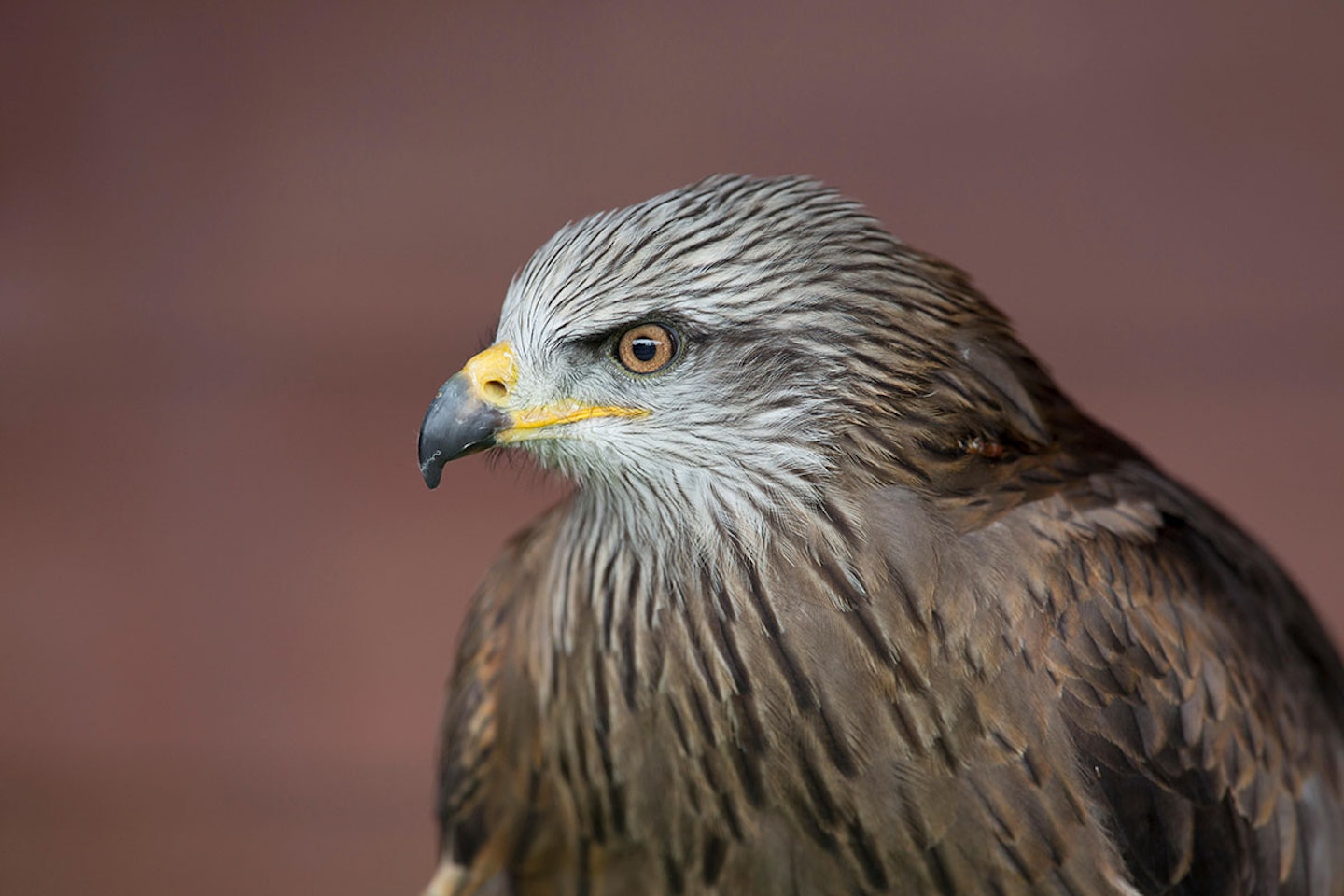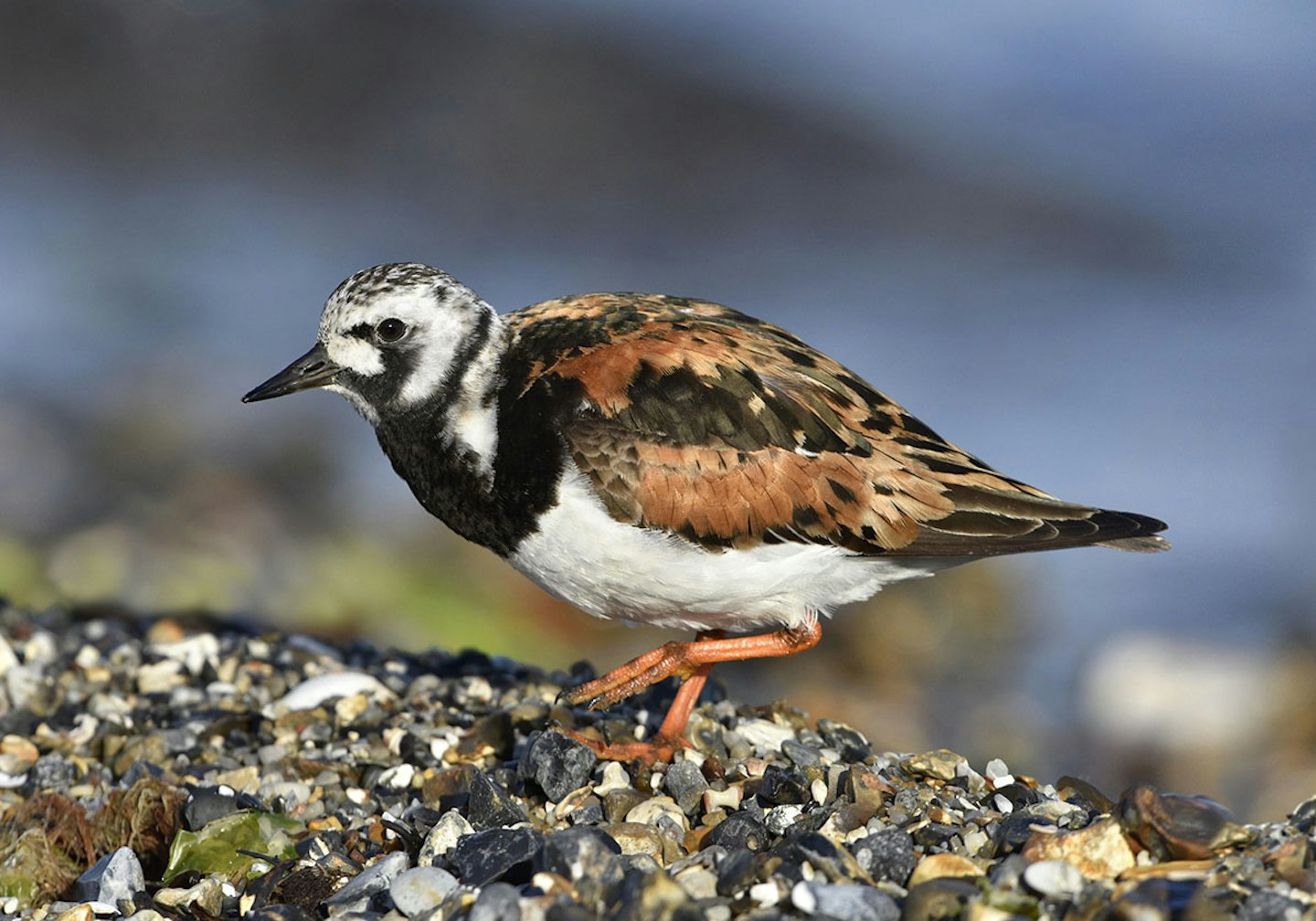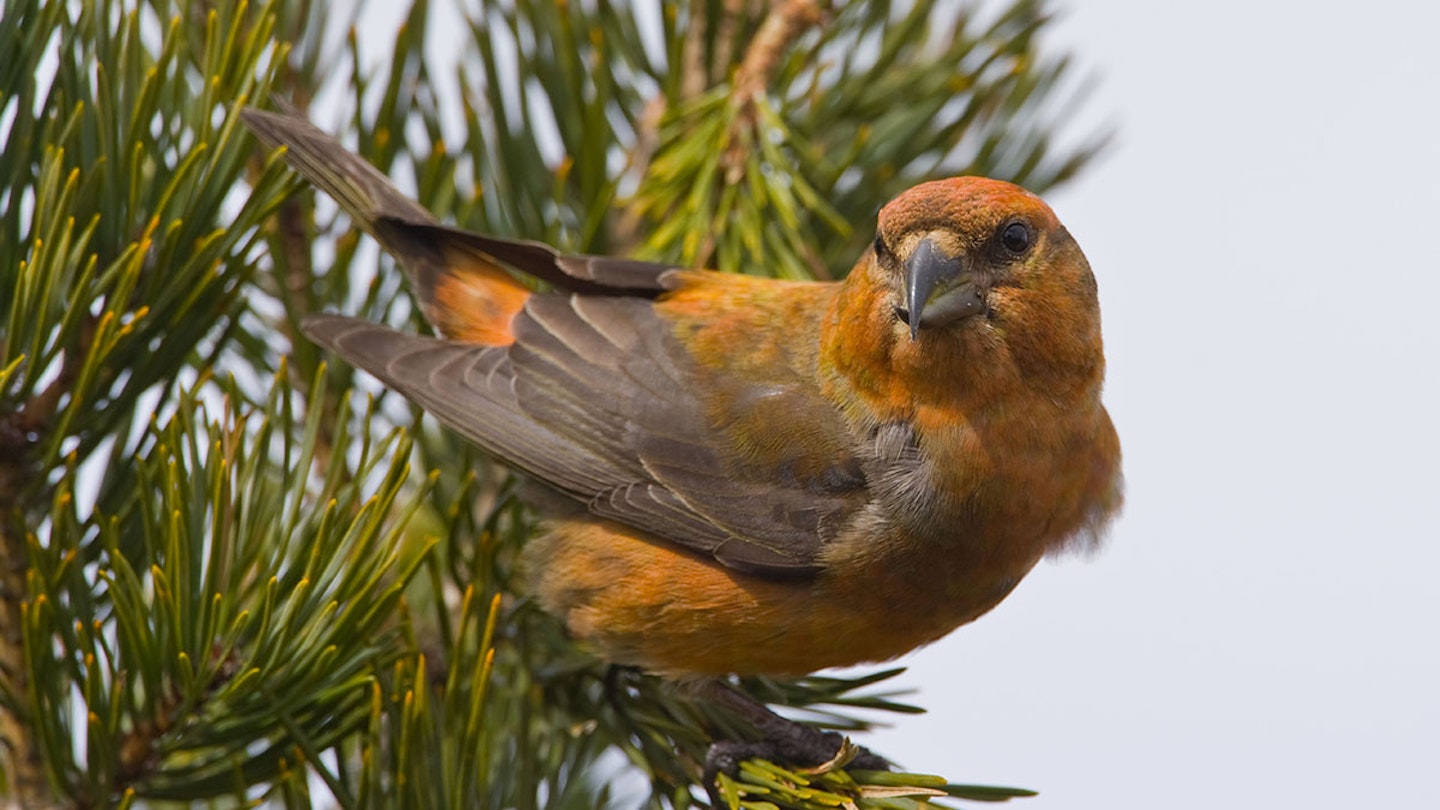Crossbill
Crossbills breed very early in the year, and later disperse, often widely in search of the ripest, tastiest seeds from cones of conifers (generally favouring non-native species such as the spruces and Western Hemlock, rather than Scots Pines). Flocks usually comprise birds of many colours, ranging from streaked brown juveniles, through yellows, greens, oranges and reds according to gender and maturity (females are the greener birds). Listen for the characteristic ‘chup chup’ calls (usually when flying or before flight) and look for big, chunky finches, or the falling cones of a feeding flock.Though the summer months can be considered a ‘quiet time’ for birdwatching, with many of us turning to lure of insects and flowers, July can also be thought of as the start of autumn’s return passage (for birds).

Juvenile Mediterranean Gull
July is the classic time to pick up handsome juvenile Mediterranean Gulls. They are larger, and more elegant than the somewhat similar juvenile Black-headed Gulls which abound this month. The head is greyer and the back and the upper wing coverts are pale fringed giving a scaly appearance, somewhat reminiscent of the wings of a Turtle Dove (but on a gull!). They most closely resemble the similarly sized juvenile Common Gulls, but the underwing is clean and white, and the legs are blackish (not pale and pinkish).

Black Kite
Black Kites are rare but regular visitors from the continent, which often appear at this time of year. They are darker than the now familiar Red Kites which are common in many places, and lack the big whitish underwing patches (as well as the orange tones, and deeper forked tail). The tail can look almost square tipped it is so shallowly forked, and (best seen in photos) there is one extra ‘primary finger’ (six rather than five).

Raven
While egrets have been obviously taking over our wetlands, becoming more and more familiar, so Buzzards have become our commonest raptor, once seen mostly in the west, but now ‘expected’ everywhere. Sneakily trailing behind have been Ravens, once shunning Man in rocky ravines of the west, they are now nesting in cities, and on pylons in the east of England. Somehow they have overcome their extreme shyness to start rubbing shoulders with their smaller relatives (though even Carrion Crows are dwarfed by Ravens, so their will be little actual shoulder to shoulder contact). Ravens are Buzzard-sized, with long wedge-shaped tails, relatively narrow, powerful wings, and huge bills which would make the head

Turnstone
A familiar bird of rocky coasts and beaches in winter, Turnstones start leaving their mainly arctic breeding grounds and heading south this month. In breeding plumage, they add a handsome string to their already charming bow of distinctive stone-turning behaviour; with orange colours mixing with the black of the back, and a crown which can be almost white.
